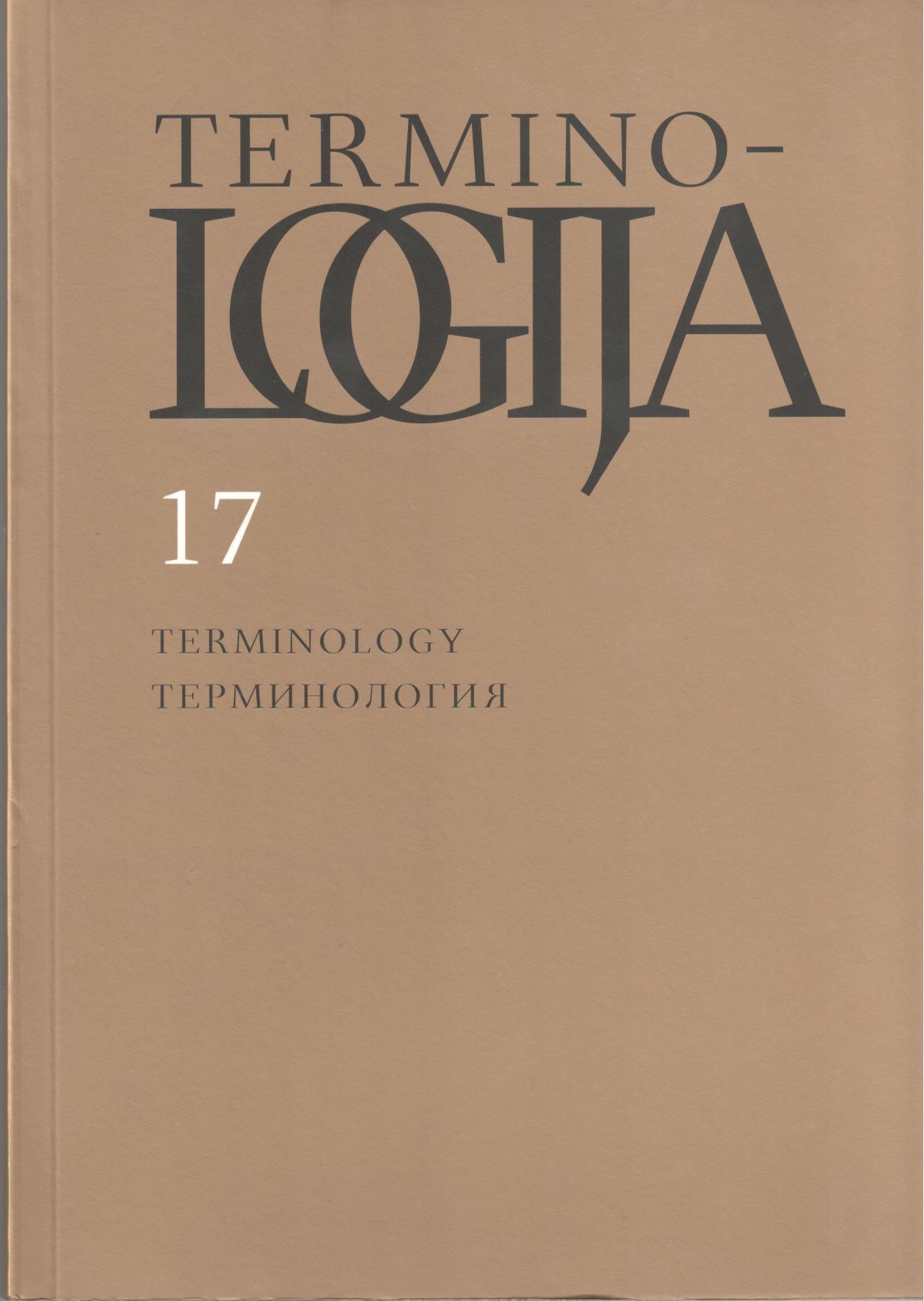Lauryno Ivinskio kalendorių vienažodžių ligų pavadinimų kilmė ir daryba
Origin and formation of one-word names of diseases in the almanacs of Laurynas Ivinskis
Author(s): Palmira ZemlevičiūtėSubject(s): Language and Literature Studies, Lexis, Comparative Linguistics, Descriptive linguistics, Baltic Languages, Health and medicine and law, Philology
Published by: Lietuvių Kalbos Institutas
Keywords: names of diseases; medical terminology; origin; meaning;
Summary/Abstract: The paper analyses 42 one-word names of diseases in respect of origin and meaning collected from the section “Gidimas moniun nuog nekuriun ligun” (“Treatment of people from some diseases”) in almanacs compiled and published by the famous Lithuanian enlightener of the 19th century Laurynas Ivinskis.This section of the almanac dealt with treatment of various diseases. It included advice on how to cure infectious and surgical diseases, diseases of respiratory and digestive systems, ear, nose and throat diseases, women’s and children’s diseases and other diseases mainly using homemade remedies (medical herbs, food, etc.), less frequently – pharmaceuticals.The majority of one-word names of diseases are of the Lithuanian origin (35 terms). There are only six borrowed names – two from Greek (dysenterija (dysentery), reumatizmas (rheumatism)) and one from each of the following languages – Latin (karbunkulas (carbuncle)), Polish (diminićze (erysipelas, blain)), English (krupas (croup)) and French (kokluszas (whooping cough)) and one hybrid (słabnumas (weakness)). The majority of borrowings had Lithuanian equivalents (reumatizmas and sausgila (rheumatism)). According to LKŽ (“Dictionary of Lithuanian”) there were some borrowings of which no examples existed in the common language of the time, therefore most probably Ivinskis had borrowed them from medical sources written in Polish which he could have used when preparing materials for this section.Underived words were used to name only few diseases (drugis (shiver)). The majority of one-word names of diseases are formations (30 terms). Derivates with suffixes prevail (22 terms). Derivates with suffix -imas/-ymas are the most common (11 terms) (apalpimas (faint), niksteliejimas (sprain), padukimas (rabies)). Two other groups of common derivates have suffixes -ulys (kosulis (cough)) and -inis (ritinis (whitlow)). There was only one derivate with each of the suffixes -inė, -ėlė, -uonis, -tinė, -menis and -umas found (gen. sg. dedervenies (pityriasis), griźielė (rheumatism of joints), łanduonis (whitlow), pritwirtiné (constipation), putmenes (tumefaction), słabnumas (weakness)). The material researched includes three derivates with inflexional ending -a (dziova (tuberculosis)), one derivate with inflexional ending -is (karsztis (fever)) and four compounds where the first component is a noun or an adjective and the second component is a verb (kaułajedis (bone disease), słabdrugis (fever and shivers)).
Journal: Terminologija
- Issue Year: 2010
- Issue No: 17
- Page Range: 101-110
- Page Count: 10
- Language: Lithuanian

